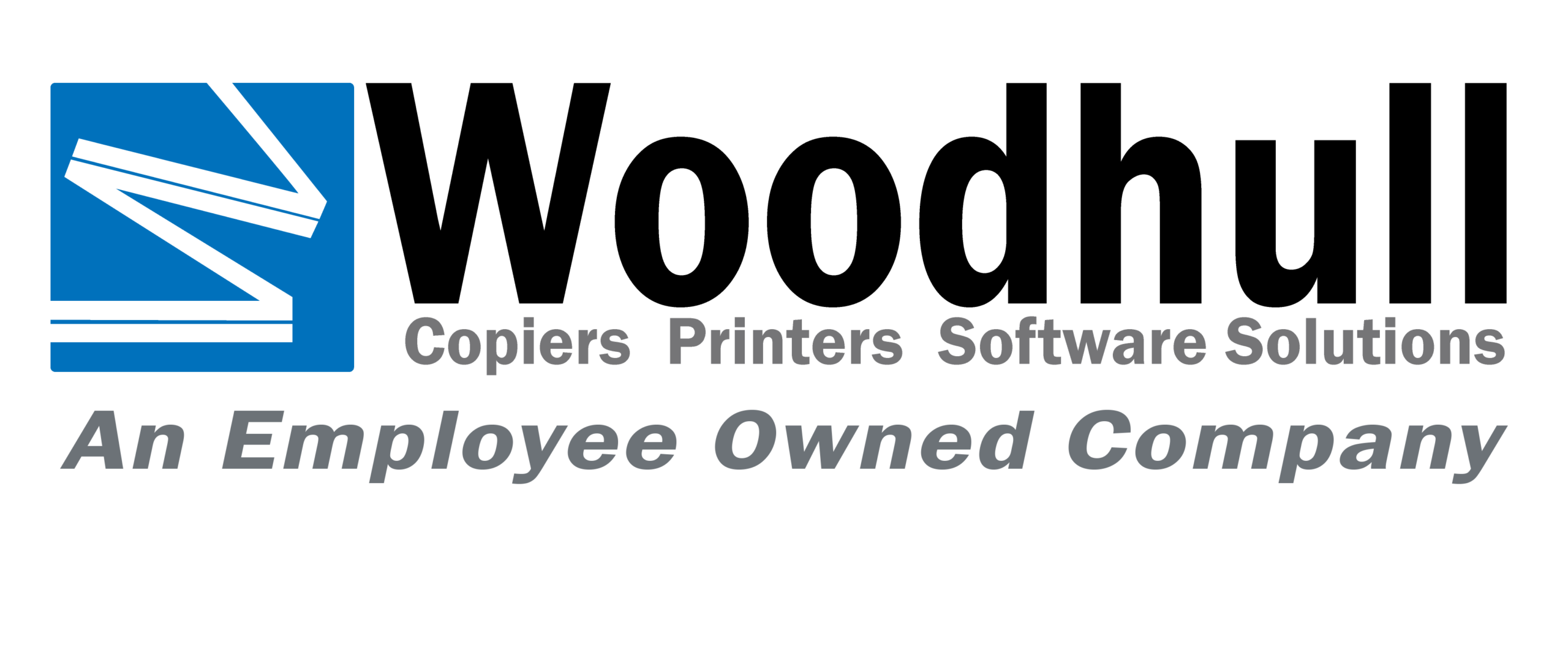Artificial intelligence (AI) is not just a futuristic concept; it is rapidly reshaping many different industries, including production printing. From automating mundane tasks to optimizing complex workflows and more, AI is poised to revolutionize how printers operate, improve efficiency, and deliver superior quality. In this article, gain the valuable insight you need for you and your business by understanding the top five ways AI will impact your production printing processes.
#1. Intelligent Automation and Workflow Optimization
AI-powered automation is set to streamline and optimize production printing workflows from start to finish. Here’s how:
- Job Scheduling and Resource Allocation – AI algorithms can analyze incoming print jobs, prioritize them based on deadlines and complexity, and allocate resources (printers, finishing equipment, etc.) in the most efficient way. This minimizes idle time and maximizes throughput.
- Prepress Automation – AI tools can automatically check files for errors (e.g., missing fonts, low-resolution images), correct color inconsistencies, and even suggest layout improvements, significantly reducing the need for manual intervention.
- Real-time Monitoring and Predictive Maintenance – AI can continuously monitor the health of printing equipment, predict potential failures, and schedule maintenance proactively. This prevents costly downtime and keeps production running smoothly.
#2. Enhanced Print Quality and Color Management
AI is elevating print quality and color consistency to new heights:
- Image Enhancement – AI algorithms can analyze and enhance images in real-time, sharpening details, reducing noise, and optimizing color balance. This ensures that the final printed product is visually stunning.
- Color Calibration and Profiling – AI-powered color management systems can quickly and accurately calibrate printing devices and create color profiles that match the desired output. This reduces waste and ensures consistent color across different print runs.
- Defect Detection – AI can automatically detect and flag print defects (e.g., streaks, banding, misregistration) during production. This allows for immediate correction, minimizing waste and ensuring high-quality output.
#3. Data-Driven Decision Making
AI empowers printers with data-driven insights to optimize operations and improve efficiency:
- Predictive Analytics – AI can analyze historical data to forecast demand for specific print products, enabling printers to plan production schedules, manage inventory, and reduce waste.
- Cost Optimization – AI tools can analyze production data to identify areas where costs can be reduced, such as optimizing ink usage, minimizing paper waste, and improving energy efficiency.
- Customer Behavior Analysis – AI can analyze customer preferences and purchasing patterns to tailor marketing campaigns, offer personalized recommendations, and drive sales.
#4. Customization and Personalization
AI is enabling unprecedented levels of customization and personalization in printed products:
- Variable Data Printing (VDP) – AI can easily merge variable data (e.g., names, addresses, images) into print designs, creating unique, personalized documents for each recipient.
- Web-to-Print (W2P) Integration – AI-powered W2P platforms allow customers to easily create and order customized products online, streamlining the ordering process and expanding reach.
- Dynamic Content Generation – AI can generate personalized product recommendations, offers, or even entire designs based on customer data, enhancing engagement and driving sales.
#5. Sustainability and Environmental Impact
AI is playing a pivotal role in making production printing more sustainable:
- Waste Reduction – AI algorithms can optimize print layouts to minimize paper waste, and even suggest more environmentally friendly paper options based on the print job.
- Energy Efficiency – AI can analyze energy consumption patterns and recommend strategies to reduce energy usage in printing facilities.
- Environmental Impact Reporting – AI can track and report on the environmental impact of printing operations, enabling printers to make more informed decisions about sustainability.
The Future of AI in Production Printing
The integration of AI into production printing processes is not just a trend; it’s a fundamental shift. Early adopters of AI technologies are already reaping the rewards of increased efficiency, improved quality, and greater customer satisfaction. As AI continues to evolve, we can expect even more innovative applications that will further transform the industry.
Key Considerations for Implementation
While the benefits of AI in production printing are compelling, successful implementation requires careful planning and consideration. Here are some key points to keep in mind:
- Data Quality – AI relies on accurate and reliable data. Invest in data collection and cleaning processes to ensure your AI algorithms have the right information to work with.
- Employee Training – AI will not replace human workers entirely. Instead, it will augment their capabilities. Invest in training to ensure your workforce can effectively collaborate with AI tools.
- Ethical Considerations – AI raises ethical questions, such as the potential for job displacement and bias in algorithms. Be transparent about how AI is used in your operations and address any ethical concerns proactively.
The future of production printing is undoubtedly intertwined with the advancement of artificial intelligence. By embracing AI technologies and strategies, printers can position themselves at the forefront of innovation, gain a competitive advantage, and thrive in the digital age.
